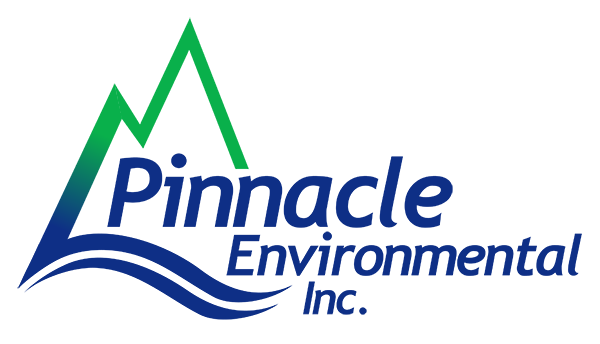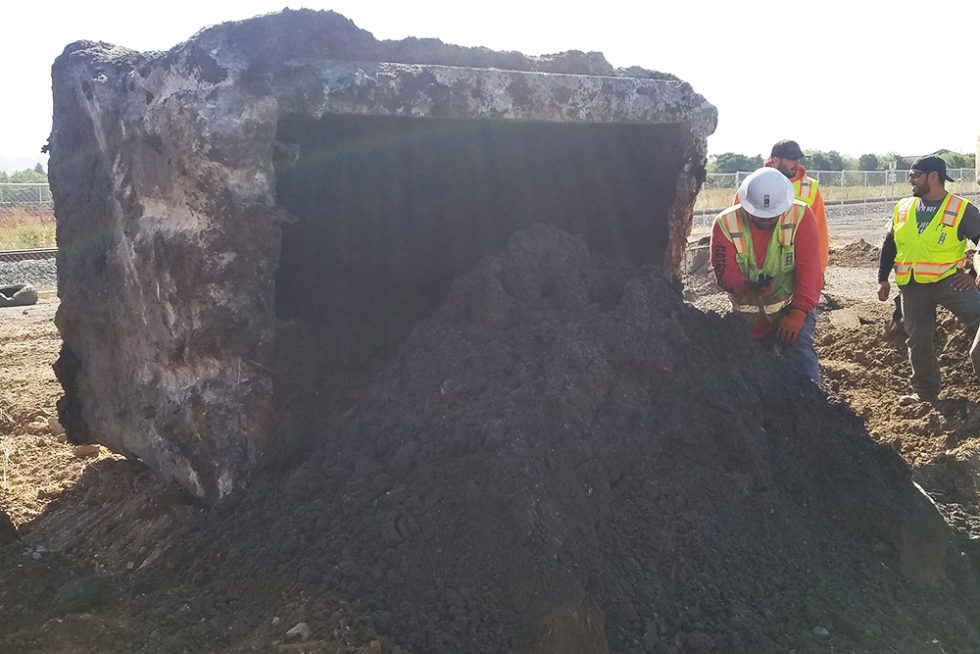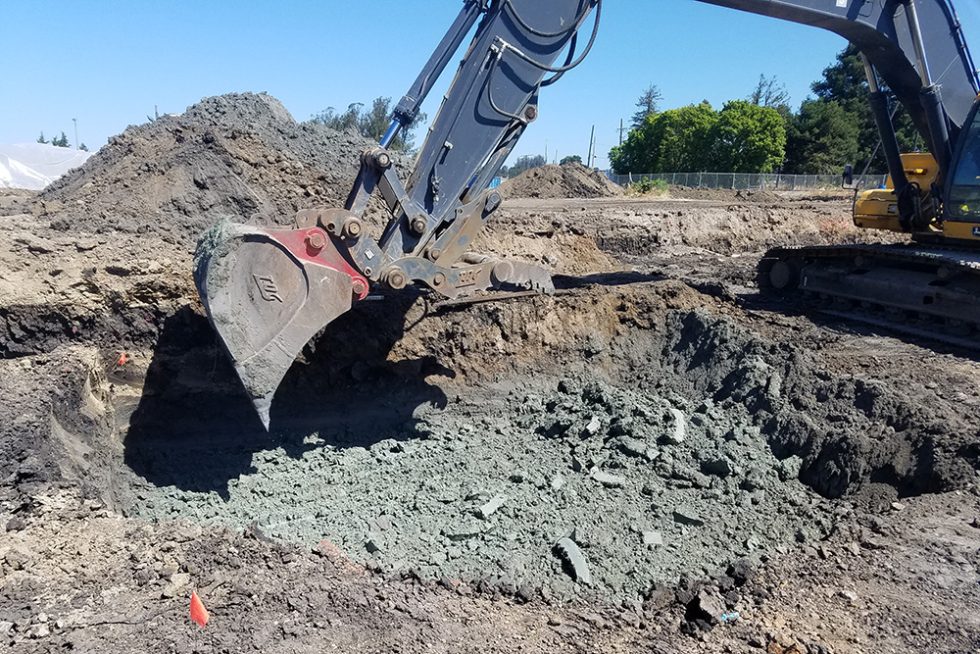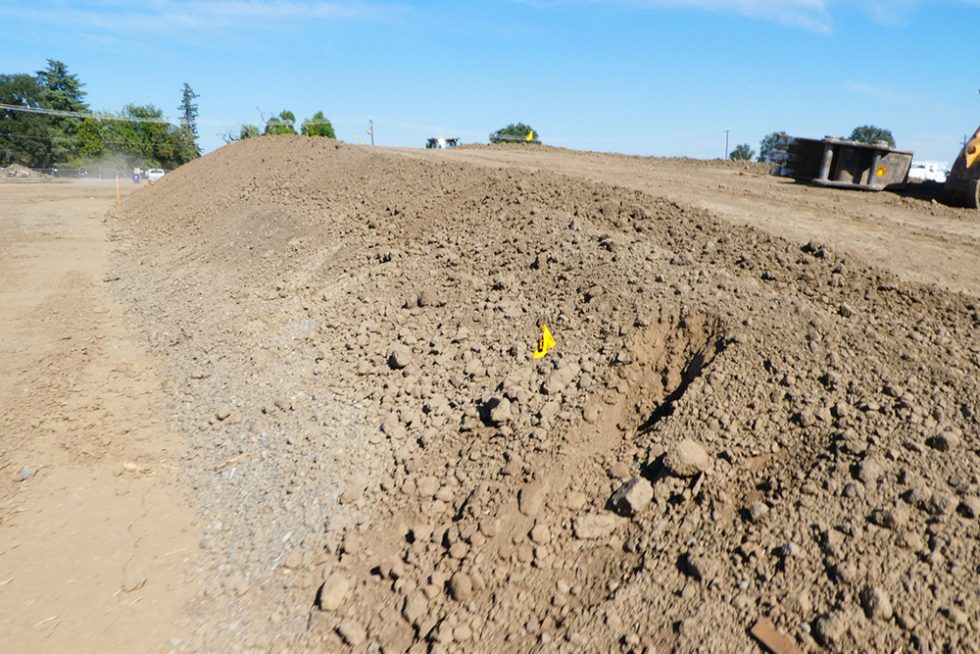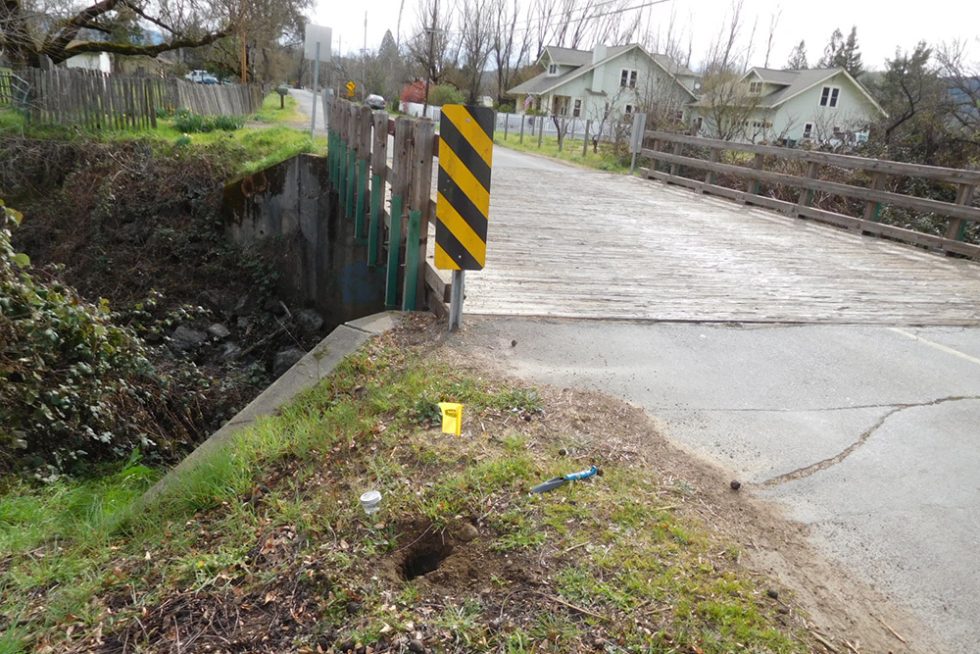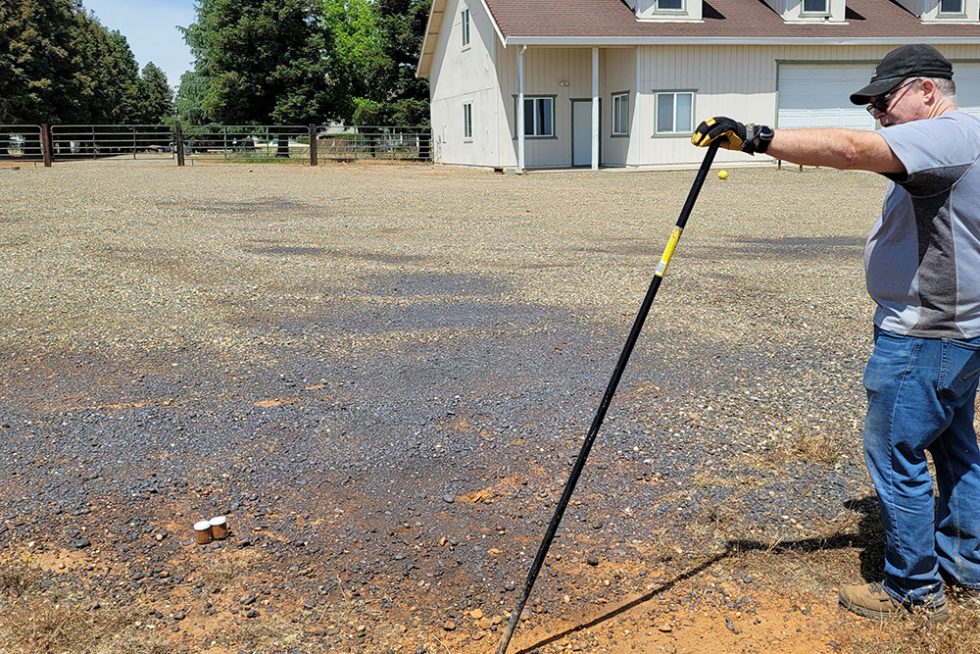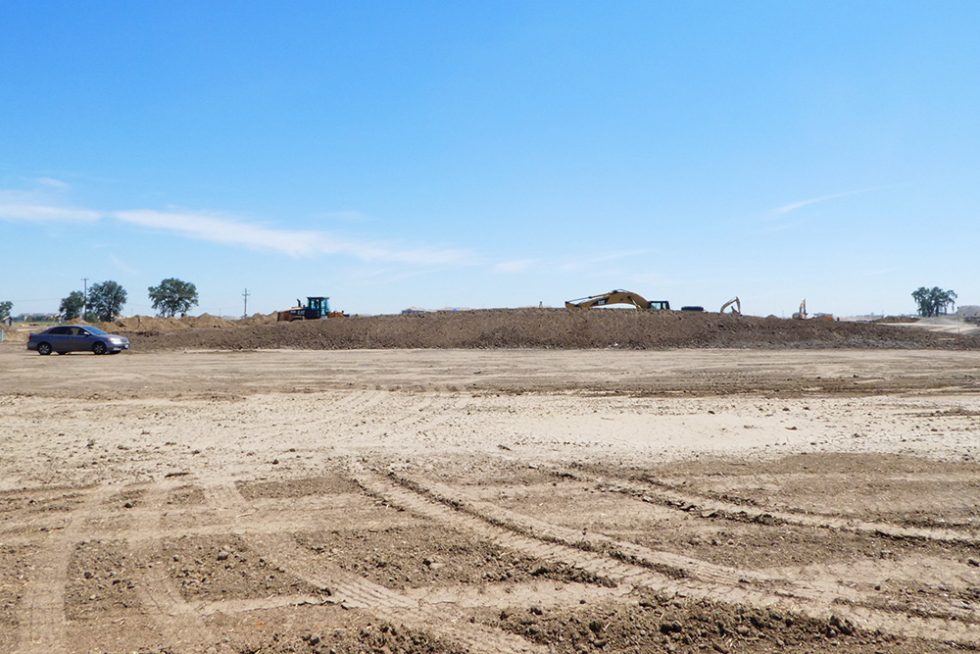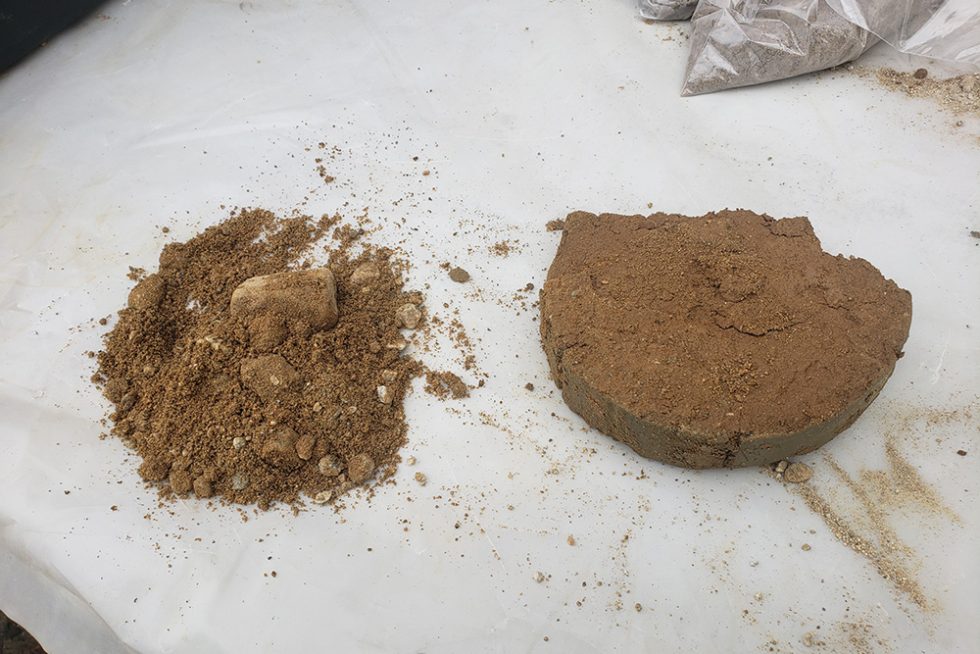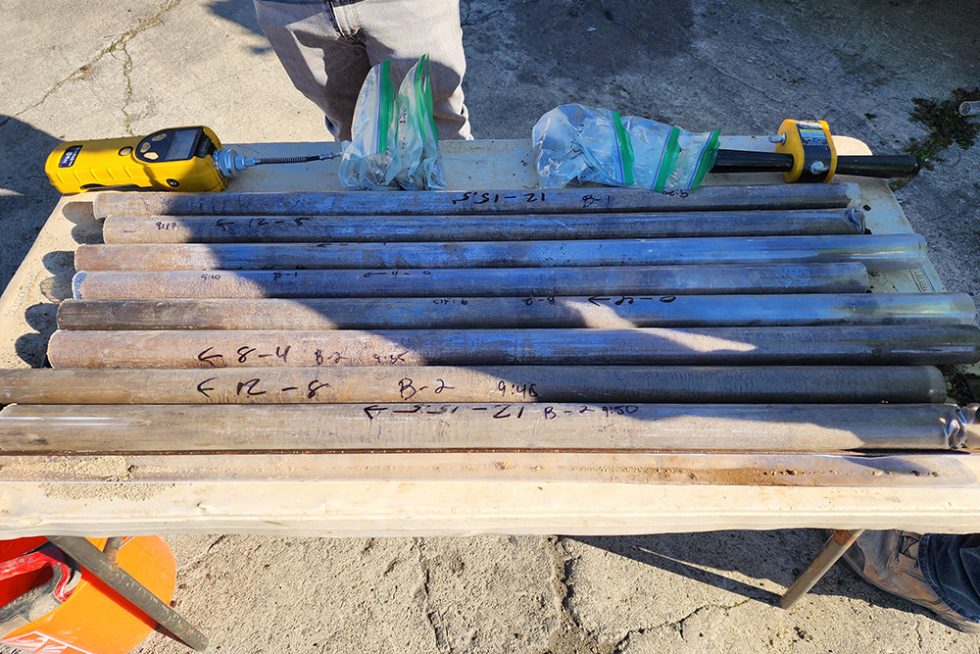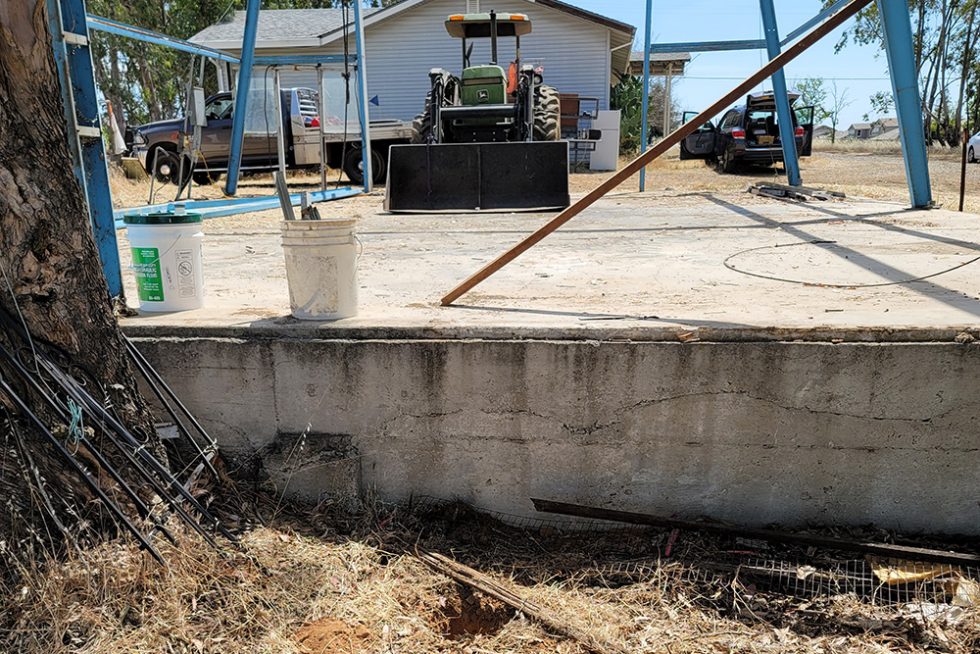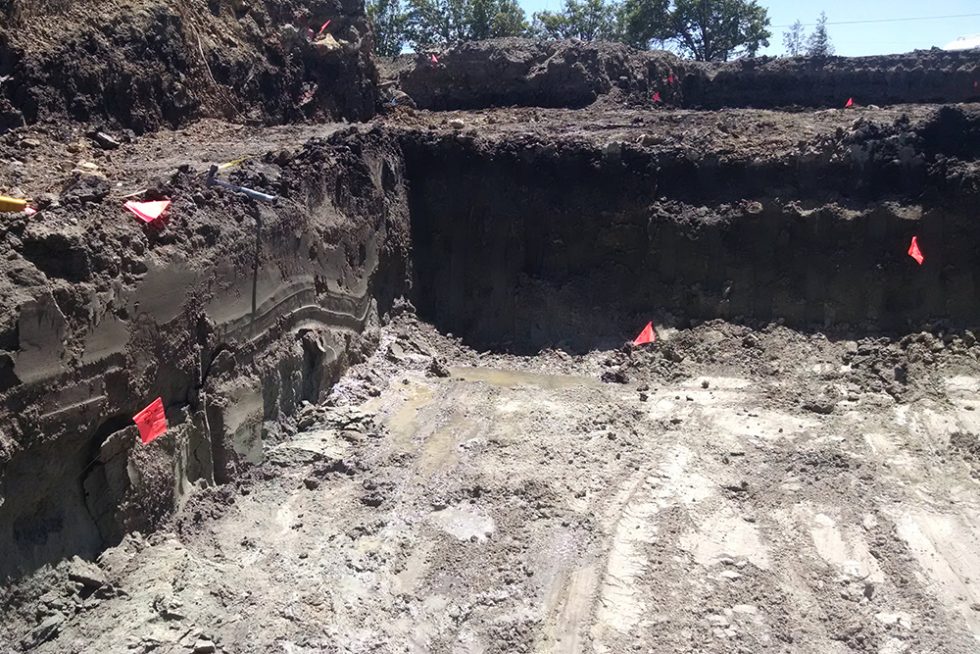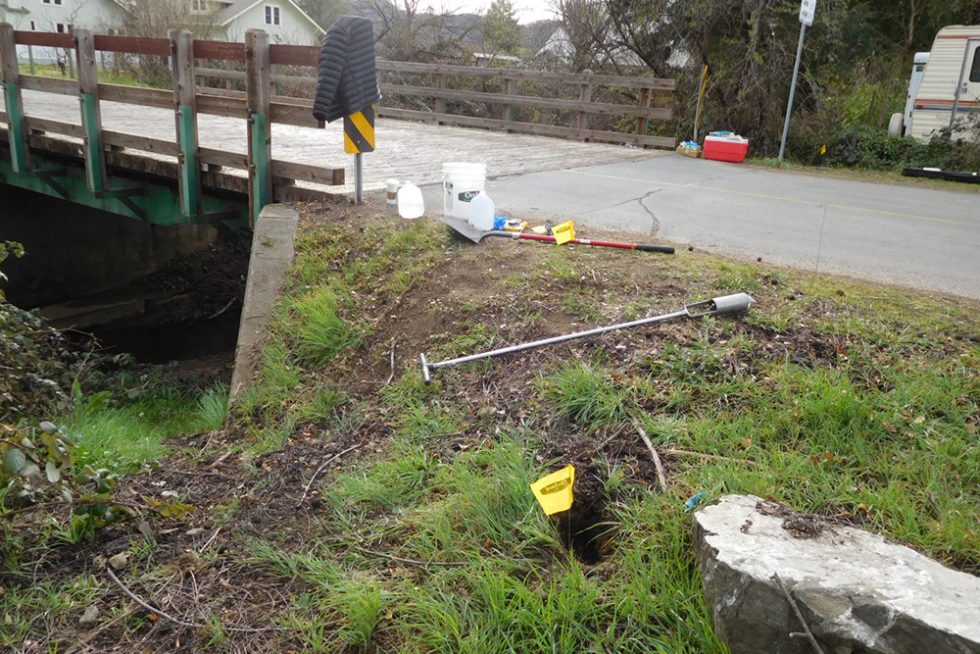Soil & Sediment Analysis
Soil & Sediment Analysis
Soil and sediment analysis evaluates the quality and composition of soil and sediment samples collected from a variety of environments, including agricultural lands, construction sites, industrial facilities, waterways, and more.
Analysis of soil and sediment samples can provide critical information about the potential presence and concentration of contaminants, such as heavy metals, pesticides, and other pollutants, as well as the physical and chemical properties of the sample, including nutrient levels, texture, and structure.
What are the types of Soil Analysis?
Soil analysis involves various techniques and tests to assess the quality and composition of soil in a particular area. These analyses help in understanding the soil’s characteristics, nutrient content, potential contamination, and/or overall suitability for different purposes. The following are some examples of soil analysis and their objectives:
-
- Contaminant Analysis: This analysis focuses on identifying and quantifying potentially harmful substances in the soil, including heavy metals (e.g., lead, cadmium), pesticides, hydrocarbons, or industrial pollutants. It aims to assess soil contamination levels and determine if remediation is required to mitigate environmental risks.
- Soil Compaction Analysis: This analysis measures soil compaction levels, which can affect root growth, water infiltration, and overall soil productivity. It helps determine if soil compaction is impeding agricultural activities or causing structural problems.
- Soil pH Analysis: This analysis measures the soil’s acidity or alkalinity level using a pH scale. It helps determine the soil’s suitability for different crops and plants since different species have varying pH requirements.
- Nutrient Analysis: This analysis examines the soil’s nutrient content, including macronutrients (e.g., nitrogen, phosphorus, potassium) and micronutrients (e.g., iron, zinc, copper). It helps determine if the soil has sufficient nutrients to support plant growth or if additional fertilizers are necessary.
- Soil Texture Analysis: This analysis determines the proportions of sand, silt, and clay particles in the soil. It provides insights into the soil’s water-holding capacity, drainage characteristics, and overall suitability for agriculture, construction, or other applications.
- Soil Organic Matter Analysis: This analysis measures the amount of organic matter present in the soil, such as decomposed plant and animal materials. It helps evaluate soil fertility, moisture retention, and microbial activity.
- Soil Microbial Analysis: This analysis examines the composition and activity of microorganisms in the soil, including bacteria, fungi, and other microbes. It provides insights into soil health, nutrient cycling, and overall ecosystem functioning.
- Soil Erosion Analysis: This analysis assesses the soil’s susceptibility to erosion caused by water or wind. It helps identify erosion-prone areas, evaluate soil conservation measures, and develop strategies to prevent soil loss.
These are just a few examples of environmental soil analyses, each serving a specific purpose in understanding soil characteristics, fertility, contamination levels, and suitability for various applications. The results of soil and sediment analysis can be used to inform a variety of environmental management and decision-making processes, including land use planning, pollution prevention, and remediation efforts.
How does Soil Analysis factor into the design of a Remedial Action Plan?
The results of soil analysis provide essential information that helps in understanding the nature and extent of the contamination and formulating appropriate remediation strategies. Soil analysis factors into designing a remedial action plan as follows:
-
- Site Characterization: Soil analysis helps in characterizing the contaminated site. It identifies the types and concentrations of contaminants present, their distribution within the soil, and their potential pathways for migration. This information is vital for understanding the extent of contamination and developing effective remediation strategies.
- Risk Assessment: Soil analysis provides data to conduct a risk assessment, evaluating the potential human health and environmental risks associated with the contaminants. The analysis helps determine the toxicity of the contaminants, their bioavailability, and their potential for leaching into groundwater or spreading to surrounding areas. This information guides the selection of appropriate cleanup goals and risk-based remediation approaches.
- Cleanup Technology Selection: Soil analysis helps in selecting the most suitable cleanup technologies for remediation. The results provide insights into the physical and chemical properties of the soil, which influence the effectiveness of different remedial techniques. For example, if the soil is highly permeable, in-situ treatment methods like bioremediation or enhanced soil flushing may be preferred. Alternatively, if the contamination is localized, excavation and off-site disposal might be appropriate.
- Remediation Feasibility and Design: Soil analysis helps determine the feasibility of different remediation options and assists in designing the remedial action plan. It provides data on contaminant concentrations, soil characteristics, and potential reactions between contaminants and remedial agents. This information aids in determining the appropriate treatment approach, dosage of amendments or chemicals, and the duration of the remediation process.
- Monitoring and Validation: Soil analysis is essential for monitoring the progress and effectiveness of remediation activities. It allows for the periodic evaluation of contaminant levels and soil quality to ensure that cleanup goals are being achieved. Soil analysis also helps validate the success of remediation efforts by comparing post-treatment results with pre-remediation baseline data.
By incorporating soil analysis data, remedial action plans can be tailored to the specific site conditions and contamination concerns. This ensures that the chosen remediation strategies are effective, efficient, and aligned with the environmental and human health objectives.
